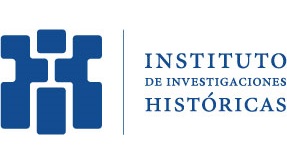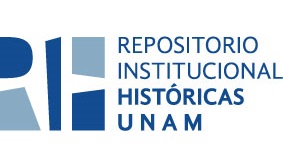¿Cómo se hace un dios?: la muerte y el sacrificio nahuas como máquina de transformación ontológica
Resumen
"A través del análisis filológico e historiográfico de los mitos y los rituales recopilados etnográficamente por los frailes españoles del siglo XVI, este artículo explora las complejas ideas y prácticas detrás de la muerte y el sacrificio en el mundo náhuatl prehispánico. Como punto de partida, se aborda el concepto náhuatl teotl (dios). Aunque esta noción ha sido examinada a fondo por los estudiosos del mundo mesoamericano, el enfoque utilizado ha seguido casi exclusivamente las premisas teóricas del paradigma de la 'cosmovisión'. Este modelo, actualmente hegemónico en la historia indígena y la antropología mexicana, privilegia una división ontológica tajante entre hombres y dioses, en la cual los primeros son considerados como 'criaturas' y los segundos como 'creadores'. El presente artículo intenta desmontar estos presupuestos teóricos, heredados de la filosofía, la historia y la antropología de las religiones de los siglos XIX y XX, para proponer nuevas formas de entender las relaciones ontológicas entre hombres y dioses, con el fin de comprender los dispositivos rituales a través de los cuales los seres humanos y los divinos se construían y constituían mutuamente, y se transformaban los unos en los otros." "Through a philological and historiographic analysis of the myths and rituals compiled ethnographically by 16th century Spanish friars, this article explores the complex ideas and practices behind death and sacrifice in the pre-Hispanic Nahua world. As a starting point, the Nahua concept of teotl (god) is approached. Although this notion has been thoroughly examined by studies of the Mesoamerican world, the approach used has followed almost exclusively the theoretical premises of the 'worldview' paradigm. This model, currently hegemonic in indigenous history and Mexican anthropology, privileged a sharp ontological division between men and gods, in which the former are affected as 'creatures' and the latter as 'creators'. This article attempts to destabilize these theoretical assumptions, inherited from 19th and 20th century's philosophy, history and anthropology of religions, and proposes new ways of understanding the ontological relationships between men and gods, in order to understand the devices rituals through which human and divine beings build and constitute each other, and transform each other."
Cómo citar
Kruell, Gabriel K., "¿Cómo se hace un dios? La muerte y el sacrificio nahuas como máquina de transformación ontológica", Iberoforum. Revista de Ciencias Sociales, Universidad Iberoamericana, Ciudad de México, v. 15, n. 29, enero-junio de 2020, p. 23-55.- Nombre:
- 179_2020_hace_dios_kruell_rih.pdf
- Tamaño:
- 452.8Kb
- Formato:
- application/pdf
- Descripción:
- Texto completo
Aparece en las colecciones
Excepto si se señala otra cosa, la licencia del ítem se describe como http://creativecommons.org/licenses/by-nc-sa/4.0




